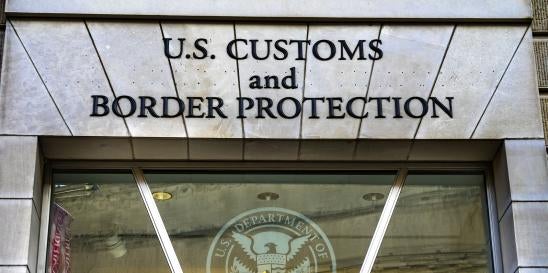US Customs and Border Protection (CBP) is tasked with the application and enforcement of US tariff and trade regulations. Attorneys in CBP’s Office of Rules and Regulations, for example, issue binding rulings and provide guidance on the proper Harmonized Tariff Schedule (HTS) classification of imported products. These classifications can, in turn, determine a tariff ad valorem rate and the application of US tariffs or, in the case of free trade agreements (FTAs), preferential tariffs. They also determine the application of punitive special tariffs, such as US 301 tariffs.
Classifying EV And Traditional Automotive Products
For example, as noted in the 2023 report from the US International Trade Commission (ITC), electric vehicles (EV) and hybrid trucks (e.g., Ford F-150 Lightning or Hybrid) are classified differently than their Internal Combustion Engine (ICE) equivalent (e.g., Ford F-150). Despite having the same primary functionality, the HTS classification of EV and hybrid trucks results in treating them as “heavy trucks” under the United States-Canada-Mexico-Agreement (USMCA) as opposed to ICE trucks that can be treated as “light trucks.”
‘This distinction is critical because “heavy trucks” and “light trucks” have different USMCA rules of origin for saving on the 25% duty that would otherwise be due when importing these trucks into the United States.’
Moreover, the advent of vehicle electrification has and will continue to introduce new automotive technologies and increase the supply chain’s reliance on nontraditional automotive inputs for the foreseeable future. For example:
- New technologies are altering the reliance on stamped aluminum body parts versus cast aluminum body parts. While these processes tend to start under HTS Chapter 76 and end under Chapter 87, the manufacturing differences may yield an intermediary product in Chapter 76 for one process and Chapter 87 for another.
- EVs rely on batteries, but the zero-emission movement is leading to an increased reliance on various nontraditional electronic components as shown in the figure below. While the adaption of these components for vehicle purposes could arguably change the component’s traditional classification, the governmental classification guidance around these parts will likely lag behind this reality.

Source: ITC, USMCA Automotive Rules of Origin: Economic Impact and Operation, 2023 Report (Page 97) (adapted from the Clemson University Vehicular Electronics Laboratory, “Automotive Electronic Systems,” February 20, 2022).
What’s Next?
Due to the static nature of customs laws and regulations, questions on the HTS classification of these EV parts will be created in parallel to these evolving technologies and may include:
- How does your company classify these parts?
- How should these parts be classified and is this consistent with CBP’s historical classification of these parts?
- Is the classification of your product benefiting or hurting your company or customer’s USMCA eligibility?
- Is the classification of your product exposing your company to Section 301 China Tariffs, Section 232 Steel/Aluminum tariffs, or other high tariff trade measures or risks?
The automotive supply chain will continue to face these difficult questions as the classification of these products has impacts well beyond the general duty rate upon importation.





 i
i


